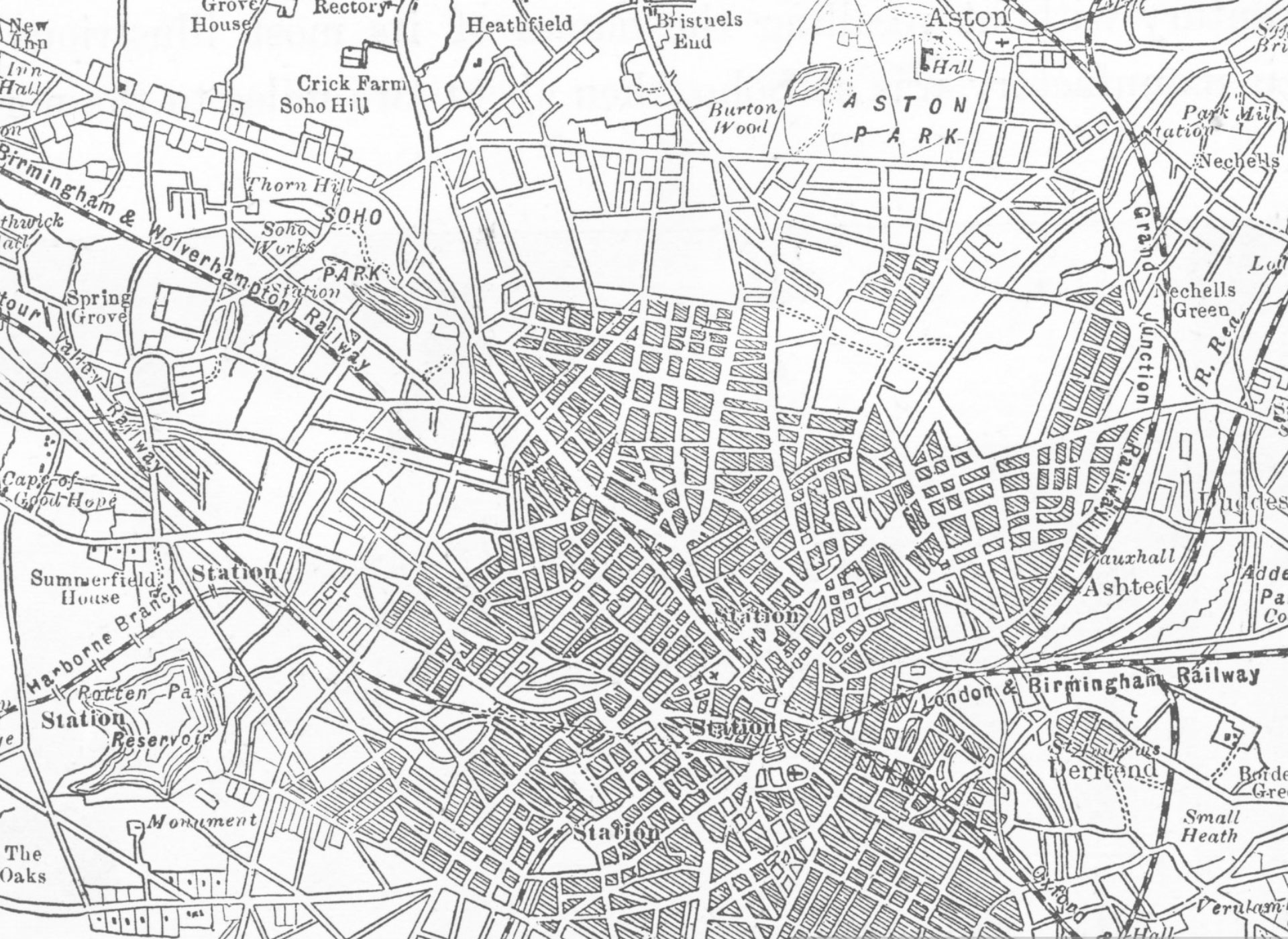Bad Character Evidence | Admissibility

The 'bad character' of a Defendant encompasses previous convictions for similar offences to those being tried in the current criminal trial. The Prosecution may wish to introduce this history to support their allegations.
With similar motivation, the criminal defence solicitors might seek to introduce a conviction(s) involving dishonesty on the part of a Prosecution witness, with intent to discredit their evidence and render it as less believable.
Mohammed Ahmed of KANGS explains the nature of Bad Character and its application when affecting a Defendant.
Admissibility of ‘Bad Character’ Evidence
The admissibility of Bad Character evidence is set out in The Criminal Justice Act 2003 (‘the Act’).
Section 98
This section defines Bad Character as evidence of, or a disposition towards, misconduct, other than evidence which –
- has to do with the alleged facts of the offence with which a defendant is charged; or
- is evidence of misconduct in connection with the investigation or prosecution of that offence.
Misconduct during previous or ongoing unrelated events covers the commission of an offence or other reprehensible behaviour, the latter being fact specific and including, for example, taking illegal drugs or involvement in a violent gang.
Misconduct relating to the investigation or prosecution of offences is, again, fact specific including, for example, lying to the police and witness intimidation.
Section 101(1)
Where evidence falls outside the definition provided by Section 98, this section allows evidence of the defendant’s bad character where:
(a) all parties to the proceedings agree to the evidence being admissible,
(b) the evidence is adduced by the defendant himself or is given in answer to a question asked by him in cross examination and intended to elicit it,
(c) it is important explanatory evidence,
(d) it is relevant to an important matter in issue between the defendant and the prosecution,
(e) it has substantial probative value in relation to an important matter in issue between the
defendant and a co-defendant,
(f) it is evidence to correct a false impression given by the defendant, or
(g) the defendant has made an attack on another person’s character.
Before such evidence will be allowed to be put to a Jury, the Trial Judge will consider submissions from both parties before making a decision upon the relevance and fairness of the proposed evidence.
The options (a) – (g) shown above, known as ‘gateways,’ give rise to a number of considerations.
(a) Agreement of Parties
A Judge must be informed of any intended agreement(s} between the parties.
When there are more than two defendants, the consent of each defendant is required (Ferdinand [2014] EWCA Crim 1234)
(b) Adduced by the Defendant
Each defendant is entitled to disclose evidence of their own bad character, even if the Prosecution does not agree.
A defendant may elect to disclose own bad character evidence, to show, for example, they have reformed and accept their misconduct.
(c) Important explanatory evidence
This reflects the Common Law position allowing background evidence where the case would otherwise be incomplete.
Evidence will be allowed where:
- in its absence, it would be impossible or difficult to understand the case in its entirety; and
- its value for understanding the case as a whole is substantial.
An example would be an explanation describing how joint defendants became acquainted.
(d) Important matter in issue with Defendant and Prosecution
An example is provided by R v Cambridge [2011] EWCA Crim 2009, to rebut the suggestion of innocent association:
The defendant was charged with possessing a firearm with intent to endanger life. Evidence of a previous incident, in which the accused had discarded an imitation firearm and for which he had received a formal warning, was admissible to rebut the explanation of the accused for his fingerprints being found on the outside and the inside of the bag in which the firearm was found.
The evidence must be relevant to an important matter in issue between the parties as defined in section 112 of the Act, as meaning ‘a matter of substantial importance in the context of the case as a whole’.
Additionally, this gateway can be used to show propensity to commit offences of the same description and to be untruthful.
(e) Important matter in issue between Defendant and Co-defendant
Evidence is relevant if it addresses whether the defendant has a propensity to be untruthful but is only admissible if the nature or conduct of his defence is such as to undermine the defence of one or more co-defendants.
(f) Correcting a false impression
A false impression is created when a defendant makes an assertion which gives the Court or Jury a false or misleading impression about the defendant.
Evidence to correct such a false impression is evidence which has probative value in correcting the impression.
Such assertions can be made in interview, in or outside of court by the defendant and by any witness in or outside of court also.
Only the prosecution can use this gateway although a defendant does have the capacity to withdraw this assertion.
(g) Attack on another person’s character
This occurs when a defendant makes an attack on another person’s character by accusing that person of committing an offence or behaving in a reprehensible way.
How Can We Help?
Bad Character evidence can prove damaging to a defendant’s case and can be evidenced from events occurring any time, even before being charged. When facing allegations of criminal conduct of any nature, it is essential to have the support of experienced legal representation from the outset.
KANGS offers an established first-class reputation fielding a Team possessing in depth knowledge and experience covering criminal litigation of every description including Bad Character evidence.
Our Team provides expert advice and representation, specific to each client’s case. If we can be of assistance, please do not hesitate to contact our Team using the details below:
Tel: 0333 370 4333
Email: info@kangssolicitors.co.uk
We provide initial no obligation discussion at our three offices in London, Birmingham, and Manchester. Alternatively, discussions can be held through video conferencing or telephone.
Top ranked by legal directories Chambers UK and the Legal 500






